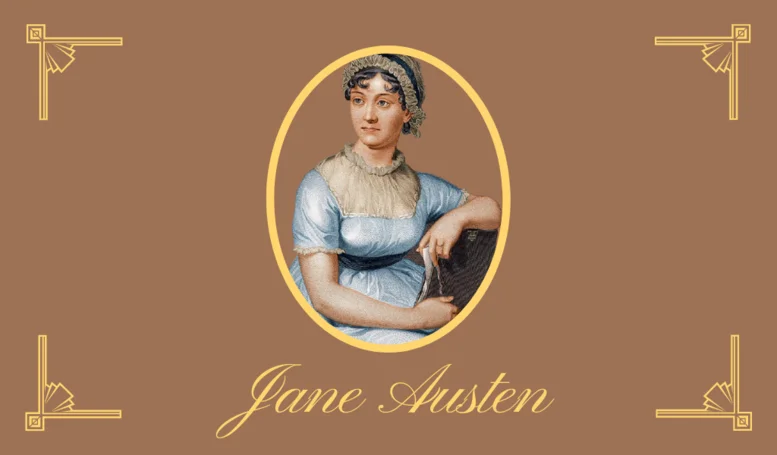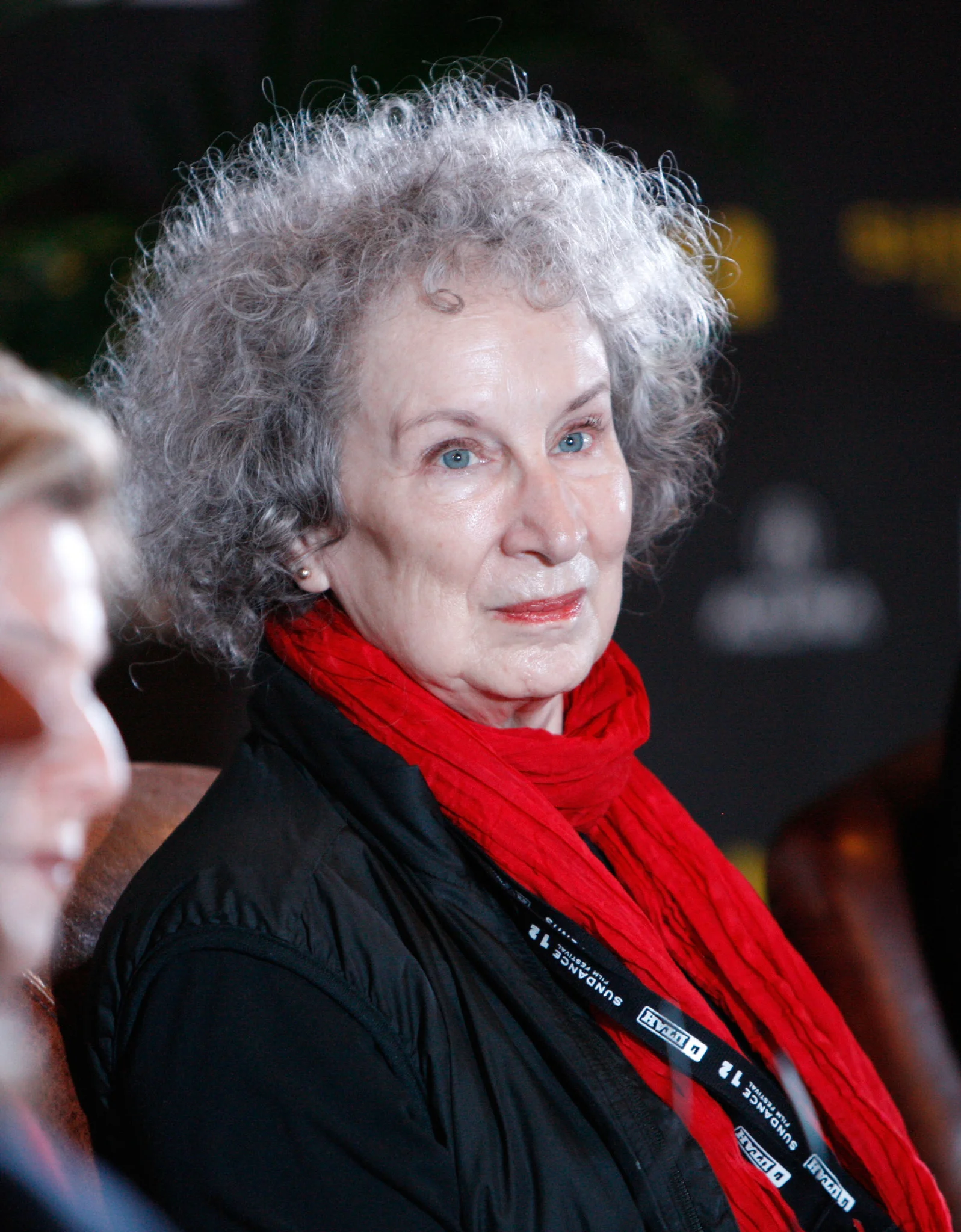Jane Austen never married, yet her novels remain some of the most enduring portraits of romantic relationships in English literature. Far from disqualifying her from writing convincingly about love, her personal circumstances may have deepened her insight into its complexities.
Austen’s singular life, marked by independence, close family ties, and keen observation, gave her a distinct vantage point that allowed her to challenge romantic conventions and portray emotional growth with uncommon realism.
Her life was relatively quiet, spent mostly in the company of her family and a close circle of friends. Despite several flirtations and one brief engagement—accepted and then rejected overnight—Austen chose autonomy over social expectation. This decision echoes through her heroines, who frequently defy pressure to marry without affection or understanding.
A critical lens on marriage as a social contract
Rather than depicting love as a sweeping passion, Austen anchors it in conversation, shared values, and personal development. Many of her characters face the reality that marriage is often a social contract shaped by financial security and class compatibility.
In Pride and Prejudice, Charlotte Lucas accepts Mr. Collins not out of love but because she believes it’s the most practical option for a woman with limited prospects. Elizabeth Bennet, in contrast, refuses Mr. Collins’ proposal and later turns down Mr. Darcy’s first offer, even though both men could provide wealth and status. Elizabeth’s eventual marriage is based on mutual respect and emotional growth, not desperation or calculation.
Austen’s choice to remain unmarried may have sharpened her resistance to societal pressure. Her characters often reflect the tension between personal happiness and external obligation—a tension she lived with firsthand.
Freedom to critique from the outside
Austen’s independence gave her a unique critical distance. Living outside the traditional trajectory expected of women in her time allowed her to analyze courtship and domestic life without being absorbed by them. She could observe the rituals, compromises, and power imbalances of marriage as an outsider who nonetheless understood its emotional gravity.
That distance allowed for a certain irony and sharpness in her tone. Her novels do not simply celebrate love; they dissect it. She exposes how quickly infatuation can cloud judgment, as in the case of Marianne Dashwood in Sense and Sensibility, who misreads Willoughby’s charm as reliability. Austen warns against mistaking attraction for compatibility and encourages emotional patience.
Female agency in choosing love
Many of Austen’s heroines face limited choices, but they assert themselves within those boundaries. Their refusal to marry without affection reflects Austen’s personal decision to live according to her own emotional standards.
Consider these recurring traits among Austen’s central characters:
- They question or outright reject suitors who do not meet their emotional or intellectual expectations.
- They prioritize self-awareness and maturity before making a romantic commitment.
- They exhibit skepticism toward first impressions and initial passions, learning through experience.
These traits are not accidental. They mirror Austen’s own insistence on autonomy. Her heroines are rarely swayed by wealth alone, even in a context where financial dependence was the norm for women.
Love as a process, not a revelation
Austen treats love as something that unfolds gradually. Attraction or flirtation may spark interest, but enduring connection is built over time through dialogue, vulnerability, and self-correction.
In Emma, the heroine must come to terms with her own pride and assumptions before she can recognize Mr. Knightley’s steady affection. In Persuasion, Anne Elliot and Captain Wentworth navigate a love that has been tested by years and regret, rather than discovered in a whirlwind. The narrative arc is not driven by fate but by internal transformation.
This perspective reflects Austen’s life experience. Observing relationships from a distance, she recognized that love does not exist in a vacuum. It must withstand time, misjudgments, and societal scrutiny.
Economic pressures and romantic compromise
Austen never ignores the financial undercurrents of romance. She experienced them herself—her family’s modest means and her dependence on her brothers’ support shaped her understanding of economic precarity.
This reality seeps into every novel she wrote. The Bennet sisters in Pride and Prejudice risk losing their home if they do not marry well. Fanny Price in Mansfield Park is raised by wealthier relatives but never allowed to forget her lower status. The lack of money is not treated as a moral failing, but as a practical obstacle that complicates love.
Still, Austen resists the idea that poverty should dictate marriage. Her heroines refuse to sacrifice emotional integrity for financial gain. By doing so, they uphold a vision of love grounded in character, not currency.
The influence of personal observation
Though she never married, Austen had an active interest in the relationships around her. Letters to her sister Cassandra reveal her sharp opinions about acquaintances’ romances—who married for money, who rushed into infatuation, and who misunderstood each other entirely.
Her acute social awareness allowed her to craft believable dynamics between lovers. Her characters’ interactions are rooted in realistic dialogue rather than theatrical declarations. There’s often a deep sense of emotional choreography, as characters test boundaries, misinterpret gestures, or slowly begin to see each other clearly.
Resisting idealization
Austen rarely indulges in idealized romance. Even her most beloved couples face moments of tension, doubt, or mutual criticism. Her stories often include scenes where characters must apologize or revise their understanding of each other.
In Northanger Abbey, Catherine Morland’s love for Henry Tilney matures only after she sheds her gothic fantasies. In Pride and Prejudice, Darcy must confront his pride, and Elizabeth her prejudice, before either can see the other fully.
This lack of idealization mirrors Austen’s own probable observations. With no personal experience of married life, she was perhaps more able to question the myths surrounding it. Her vision of love is aspirational but grounded—it acknowledges flaws, change, and negotiation.
Legacy of a personal perspective
Jane Austen’s life outside marriage did not limit her capacity to write about love. If anything, it granted her clarity. By refusing to follow the conventional path, she was able to write about relationships from a place of intellectual curiosity and emotional honesty.
Her novels endure not because they promise fairy tale endings, but because they depict love as a test of character. Through wit, resilience, and introspection, her heroines seek not just companionship but equality of mind and heart. Austen’s own unmarried life was not a void, but a vantage point—a space from which she shaped some of the most discerning portraits of love in literature.


